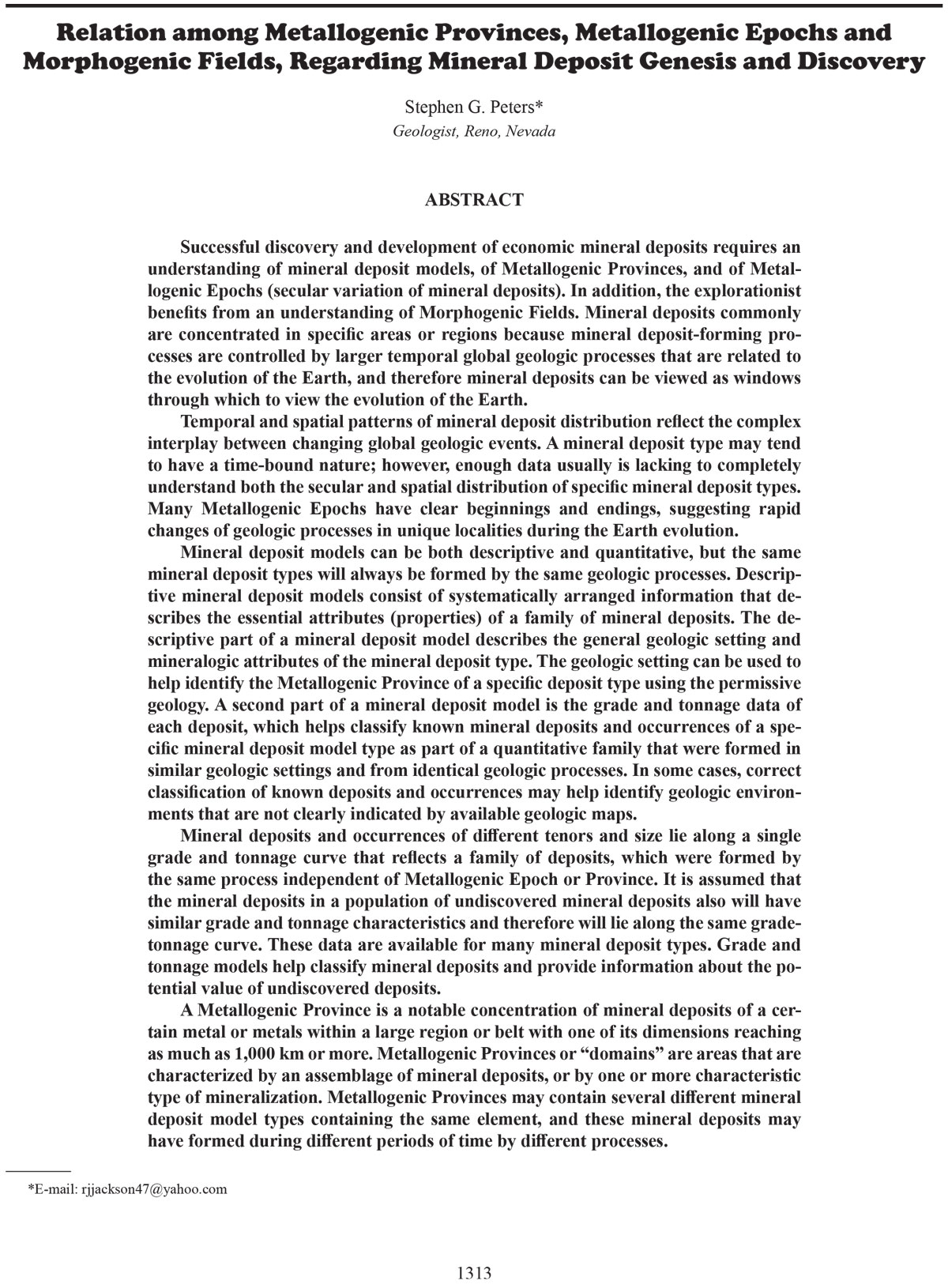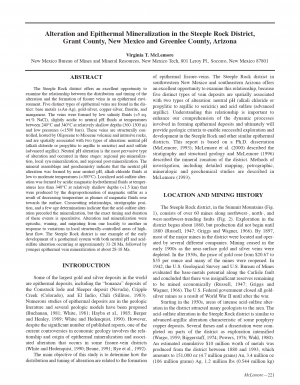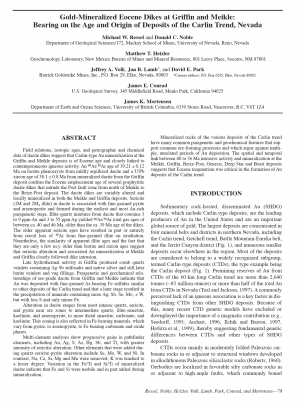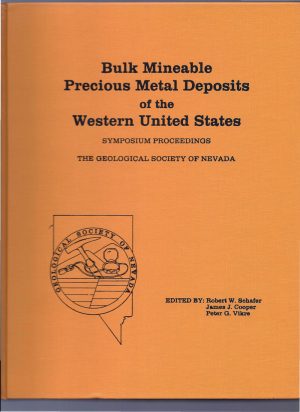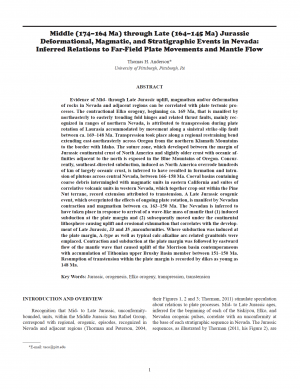Description
Successful discovery and development of economic mineral deposits requires an
understanding of mineral deposit models, of Metallogenic Provinces, and of Metallogenic Epochs (secular variation of mineral deposits). In addition, the explorationist
benefits from an understanding of Morphogenic Fields. Mineral deposits commonly
are concentrated in specific areas or regions because mineral deposit-forming processes are controlled by larger temporal global geologic processes that are related to
the evolution of the Earth, and therefore mineral deposits can be viewed as windows
through which to view the evolution of the Earth.
Temporal and spatial patterns of mineral deposit distribution reflect the complex
interplay between changing global geologic events. A mineral deposit type may tend
to have a time-bound nature; however, enough data usually is lacking to completely
understand both the secular and spatial distribution of specific mineral deposit types.
Many Metallogenic Epochs have clear beginnings and endings, suggesting rapid
changes of geologic processes in unique localities during the Earth evolution.
Mineral deposit models can be both descriptive and quantitative, but the same
mineral deposit types will always be formed by the same geologic processes. Descriptive mineral deposit models consist of systematically arranged information that describes the essential attributes (properties) of a family of mineral deposits. The descriptive part of a mineral deposit model describes the general geologic setting and
mineralogic attributes of the mineral deposit type. The geologic setting can be used to
help identify the Metallogenic Province of a specific deposit type using the permissive
geology. A second part of a mineral deposit model is the grade and tonnage data of
each deposit, which helps classify known mineral deposits and occurrences of a specific mineral deposit model type as part of a quantitative family that were formed in
similar geologic settings and from identical geologic processes. In some cases, correct
classification of known deposits and occurrences may help identify geologic environments that are not clearly indicated by available geologic maps.
Mineral deposits and occurrences of different tenors and size lie along a single
grade and tonnage curve that reflects a family of deposits, which were formed by
the same process independent of Metallogenic Epoch or Province. It is assumed that
the mineral deposits in a population of undiscovered mineral deposits also will have
similar grade and tonnage characteristics and therefore will lie along the same gradetonnage curve. These data are available for many mineral deposit types. Grade and
tonnage models help classify mineral deposits and provide information about the potential value of undiscovered deposits.
A Metallogenic Province is a notable concentration of mineral deposits of a certain metal or metals within a large region or belt with one of its dimensions reaching
as much as 1,000 km or more. Metallogenic Provinces or “domains” are areas that are
characterized by an assemblage of mineral deposits, or by one or more characteristic
type of mineralization. Metallogenic Provinces may contain several different mineral
deposit model types containing the same element, and these mineral deposits may
have formed during different periods of time by different processes. A Metallogenic Epoch is a period of time during which a significant concentration
of mineral deposits of one metal formed in one or more Provinces. This designation
is irrespective of mineral deposit model type and may reflect more than one process.
Another definition of a Metallogenic Epoch is a period during which a specific mineral deposit model type was formed. Metallogenic Epochs commonly correspond to
principal stages in the geological development of the Earth’s crust.
Secular Variation of a time series is a long-term, non-periodic variation of specific
attributes. Whether something is perceived as a Secular Variation or not depends on
the available timescale: a Secular Variation over a time scale of centuries may be part
of a periodic variation over a time scale of millions of years. Natural quantities often
have both periodic and Secular Variations. Secular Variation is sometimes called secular trend or secular drift when the emphasis is on a linear long-term trend. Secular
changes in sedimentary environments, the lithospheric mantle, and the atmosphere,
and the temporal distribution of mineral deposits in terms of the crustal evolution of
the Earth, could reflect the formation or break-up of super continents and also the
preservation potential of deposits that were formed during periods of time when specific process were active and able to form unique mineral deposits types.
The concept of Morphogenic Fields speculates that there is memory in nature.
Each mineral deposit model type and process is associated with a collective memory
and a Morphogenic Field. For instance, a Cenozoic VMS deposit has similarities and
is influenced by all past VMS deposits. The process of Morphogenic Fields and their
influences moves across time (the collective VMS-memory both for mineral deposit
form and content), and is called Morphogenic Resonance. The theory of Morphogenic
Fields describes a collective memory throughout nature, which is expressed through
wave-like Morphogenic Fields, the mineral deposit fields are within and around each
natural entity. These memory processes are due to Morphogenic Resonance.

